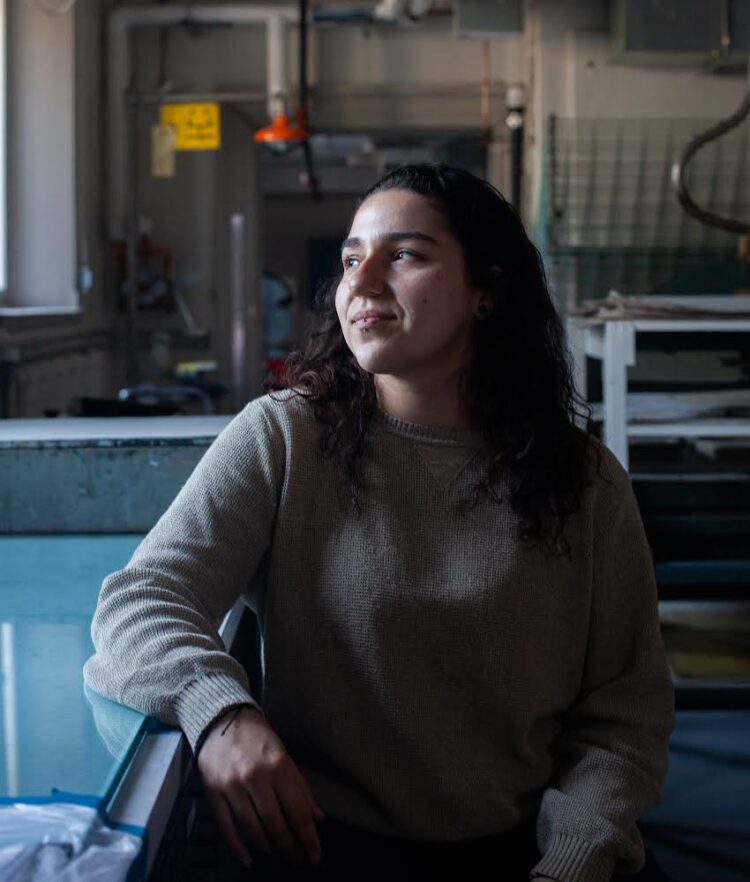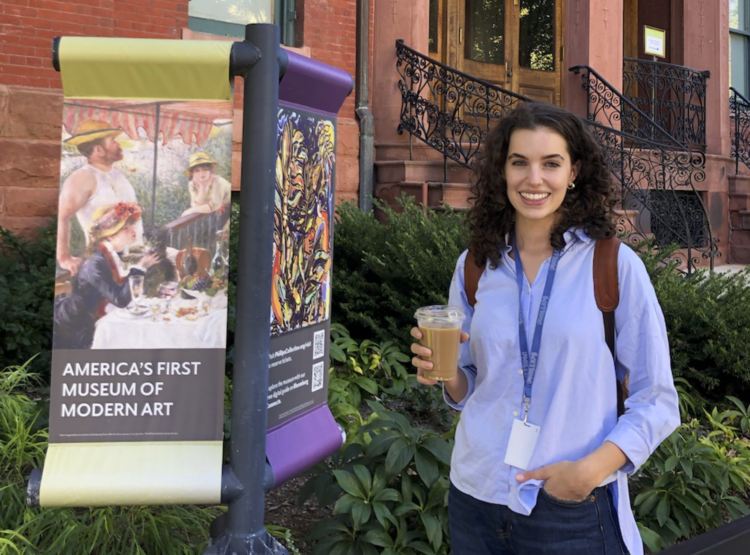The Phillips Collection has received a major gift from the Shirley Z. Johnson Trust that includes nearly 200 photographs and related archival materials by the donor’s late husband Charles Rumph (b. Amarillo, TX, 1932–d. Washington, DC, 2019), along with $1M to care for the Rumph photographic archive and the Phillips’s growing photography collection.
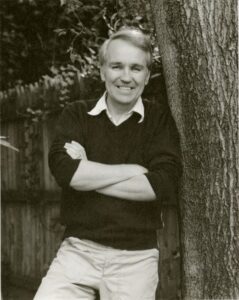
Charles Rumph
Shirley Johnson, a noted DC lawyer, was a scholarly collector of Chinese textiles and Japanese metal work. She served on the boards of The Textile Museum (now the George Washington University Textile Museum) and the Smithsonian National Museum of Asian Art; she was a major benefactor to both institutions and to the Walters Art Museum in Baltimore. She chose The Phillips Collection for this major gift because the Phillips played a pivotal role in her husband’s photography career in 1980 by giving him his first museum exhibition, Chambers, which featured 73 abstract black-and-white photographs.
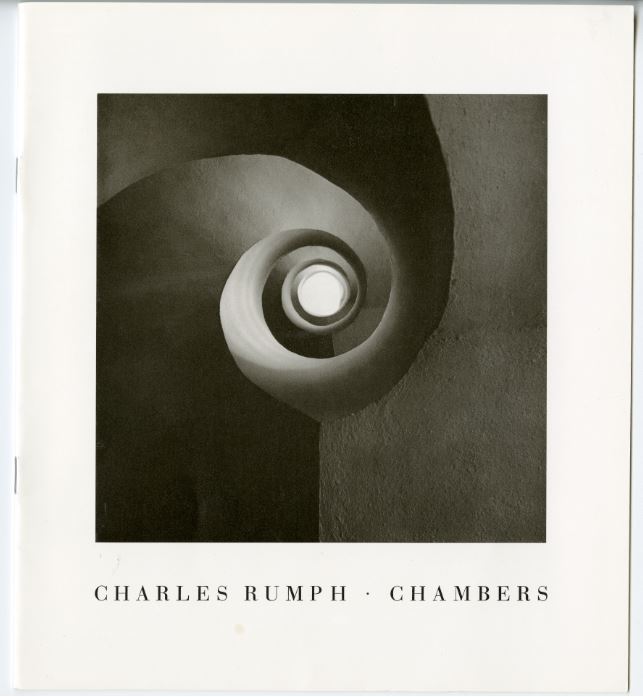
Charles Rumph: Chambers, exh. cat. 1980, The Phillips Collection, cover image: Nautilus, Mexico City, 1978
Charles Rumph’s interest in photography began in 1970 in San Francisco when he studied with LIFE magazine photographer Peter Stackpole. After moving to Washington, DC, in 1974 to work at the Internal Revenue Service (ret. 1985), he soon established himself as a photographer specializing in architecture and art. He spent many years teaching photography in Maryland at Glen Echo Photoworks and as a visiting lecturer at the Corcoran School of Art.

Charles Rumph, Japan, 1983, Palladium print, 7 1/2 x 5 5/8 in., The Phillips Collection
In his non-commercial photographs, which comprise the gift to the Phillips, Rumph pursued an abstract vision inspired by nature and architecture. He worked primarily in black-and-white, doing his own printing, until experimenting with color late in his career. Rumph’s photographs are in the collections of the Princeton University Art Museum and the National Sporting Library & Museum in Virginia.
The gift from Shirley Johnson includes support for conservation, a research fellow, and a future exhibition with an accompanying catalogue of Rumph’s photographs. Rumph’s early connection to the Phillips and his deep roots in the local photography community make him a wonderful addition to the museum’s growing photography collection.
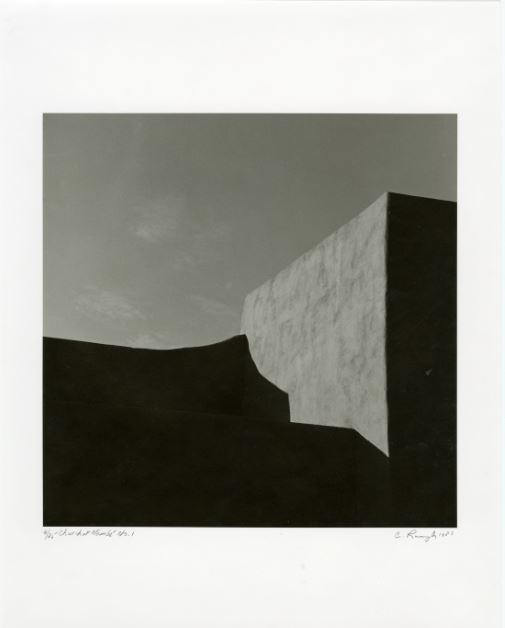
Charles Rumph, Church [Sagrada Corazón de Jesus] at Nambé [New Mexico] No. 1, 1980, Gelatin silver print, 13 7/8 x 11 in., The Phillips Collection

